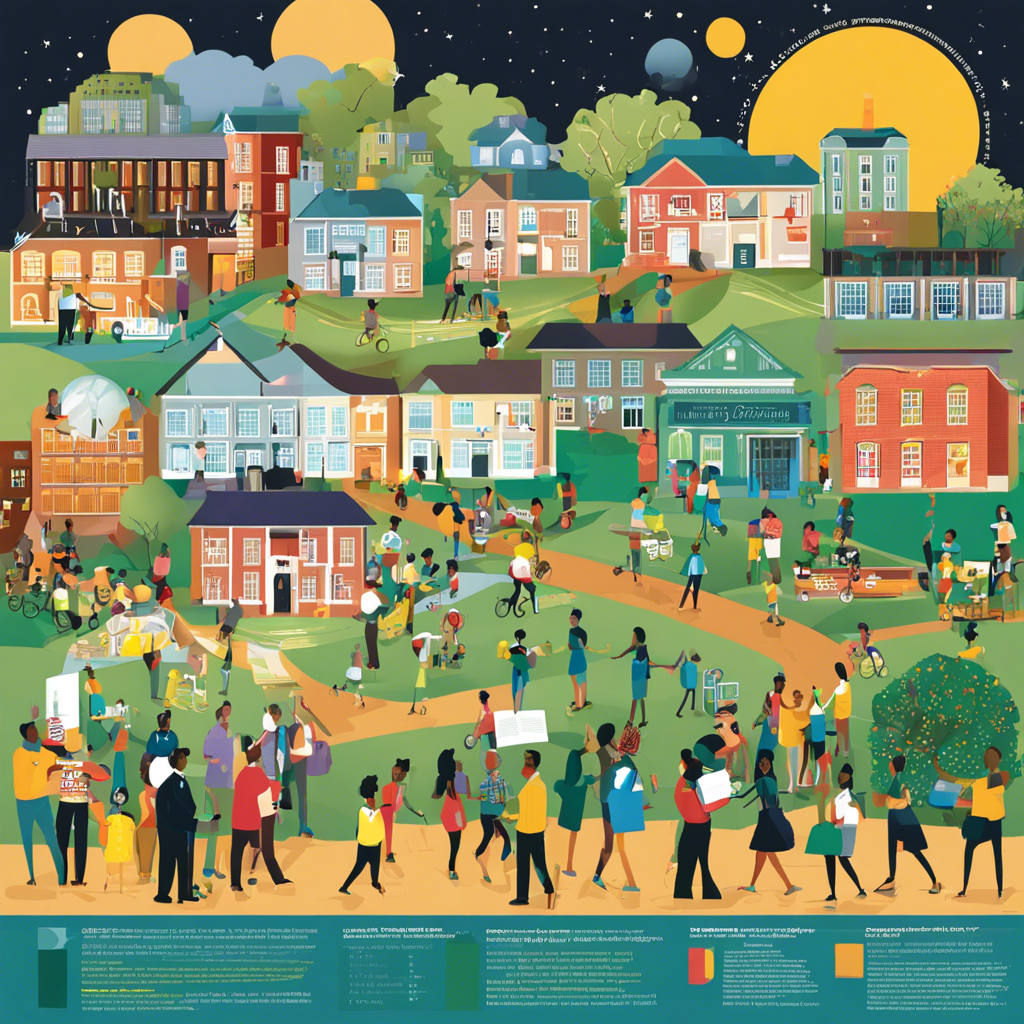Exploring how community partnerships can improve educational programs, foster student engagement, and empower communities.
In today’s rapidly changing world, education is not just about imparting knowledge but also about empowering students with the skills and mindsets to thrive in a complex and interconnected environment. Community partnerships have emerged as a powerful approach to enhancing educational programs, fostering student engagement, and creating a more holistic learning experience. This article delves into the multifaceted role of community partnerships, providing insights into their potential to transform education.
The Power of Collaboration
At the heart of community partnerships lies the belief that collaboration between educational institutions and local communities can lead to mutually beneficial outcomes. When schools, universities, and community organizations join forces, they create a synergy that enriches the educational experience for students and positively impacts the community at large.
Bridging the Gap
Community partnerships serve as a bridge between the theoretical knowledge imparted in classrooms and the practical realities of the world outside. By involving community members in educational programs, students gain a more nuanced understanding of the issues and challenges faced by their local communities. This civic engagement, as US News points out, is key to building better communities, as students with a strong sense of civic responsibility are more likely to contribute positively to society.
Enriching Educational Experiences
These partnerships bring a wealth of resources, perspectives, and experiences into the educational sphere. Community members, organizations, and businesses can offer real-world insights, mentorship, and experiential learning opportunities that complement traditional classroom instruction. For example, students studying environmental science might collaborate with local environmental groups to conduct field research and develop sustainable solutions for community challenges, as Forbes highlights.
Benefits to Students and Communities
The impact of community partnerships extends far beyond the classroom. These collaborative efforts contribute to the growth and well-being of both students and communities.
Enhancing Student Learning and Engagement
By integrating community-based learning into the curriculum, students become active participants in their education. They develop critical thinking skills, cultural competence, and a deeper understanding of societal issues. Moreover, students gain practical skills, such as communication, teamwork, and problem-solving, which are highly valued by employers. According to a study by the New York Times, students who participate in community service while in college are more likely to succeed in their careers.
Community Empowerment and Development
Community partnerships foster a sense of ownership and empowerment among community members. By actively participating in educational initiatives, they can contribute to the development of their neighborhoods and towns. For instance, a partnership between a university and a local business association might lead to economic growth and job creation. Such partnerships can also address social issues, promote cultural diversity, and strengthen community bonds.
Building Successful Partnerships
Establishing and sustaining effective community partnerships requires careful planning and ongoing commitment from all stakeholders.
Identifying Shared Goals
The first step in building a successful partnership is identifying common goals and objectives. Educational institutions and community organizations should work together to define the scope and purpose of their collaboration. This may involve conducting needs assessments, engaging in dialogue, and aligning their missions and values.
Communication and Trust
Open and transparent communication is vital for building trust and ensuring the partnership’s success. Regular meetings, clear guidelines, and honest feedback mechanisms create a robust foundation for collaboration. Both parties should be willing to adapt and compromise to meet each other’s needs and expectations.
Common Questions About Community Partnerships
What are some successful examples of community partnerships in education?
One notable example is the Harlem Children’s Zone in New York City, which combines education, social services, and community development to break the cycle of poverty. Another is the partnership between the University of California, Berkeley, and the local school district to create a summer program that provides students with hands-on learning experiences in STEM fields.
How can community partnerships overcome challenges and sustain their impact?
Challenges may include differing priorities, limited resources, and cultural barriers. To overcome these, partnerships should establish clear lines of communication, regularly evaluate their progress, and adapt their strategies. Sustaining impact requires long-term commitment, continuous dialogue, and a willingness to evolve as community needs change.
Conclusion
Community partnerships in education are a powerful vehicle for transforming learning experiences, empowering students, and strengthening communities. By bridging the gap between theoretical knowledge and real-world application, these partnerships enrich the educational journey and foster a sense of social responsibility. As we navigate an increasingly complex world, the role of community partnerships in education will only become more crucial, ensuring that students are prepared to face the challenges and opportunities of the future.
Relevant External Links:
1. New York Times: College Community Service Isn’t Just Nice, It’s Essential
2. US News: Colleges Focus on Civic Engagement to Build Better Communities
3. Forbes: 5 Reasons Why Education Should Include Community Partnerships
